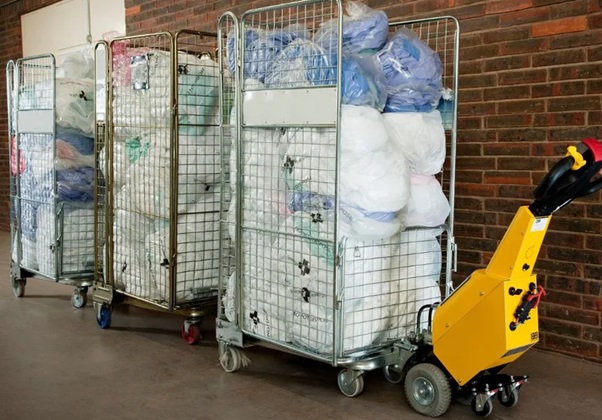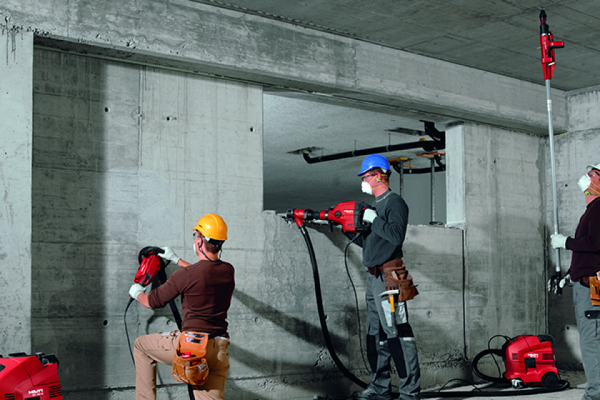Transforming Workflows: Streamlining Operations with Modern Manual Handling Solutions
In today’s fast-paced business environment, optimizing workflows and increasing operational efficiency are paramount for organizations striving to stay competitive. One area that often presents challenges is manual handling tasks. From lifting heavy loads to transporting goods within a facility, manual handling activities can be physically demanding and time-consuming. However, with the advent of modern manual handling solutions, businesses can revolutionize their operations and unlock significant productivity gains. In this blog post, we’ll explore how these innovative solutions are transforming workflows across various industries.
Understanding the Significance of Manual Handling Solutions
Before delving into the specifics of modern handling solutions, it’s essential to understand why addressing manual handling challenges is crucial for businesses. Manual handling tasks not only pose risks to employee safety but can also lead to inefficiencies and increased operational costs. Injuries resulting from improper lifting techniques or overexertion can result in lost productivity, medical expenses, and potential litigation. Moreover, manual handling inefficiencies can lead to bottlenecks in workflows, hindering overall productivity and affecting customer satisfaction.
The Evolution of Manual Handling Solutions
Traditionally, manual handling tasks relied heavily on human effort, with workers manually lifting, carrying, and moving objects. While manual labor has been the backbone of many industries for centuries, technological advancements have paved the way for more efficient and ergonomic solutions. Modern handling solutions leverage a combination of robotics, automation, and ergonomic design principles to enhance worker safety, efficiency, and overall productivity.
Robotics in Manual Handling
Robotic systems have revolutionized manual handling operations in industries ranging from manufacturing and logistics to healthcare. These systems utilize advanced sensors, actuators, and algorithms to perform a wide range of tasks, including material handling, palletizing, and order fulfillment. By automating repetitive and physically demanding tasks, robotic solutions not only reduce the risk of injury but also improve throughput and accuracy.
Automation for Efficiency
Automation plays a pivotal role in streamlining manual handling workflows. Automated guided vehicles (AGVs) and autonomous mobile robots (AMRs) are increasingly being deployed in warehouse and distribution centers to transport goods efficiently. These vehicles navigate predefined routes and perform tasks such as picking and transporting items, thereby reducing reliance on manual labor and minimizing the risk of errors.
Ergonomic Design Principles
In addition to automation and robotics, ergonomic design principles are integral to modern handling solutions. Equipment such as lifting aids, adjustable workstations, and ergonomic tools are designed to reduce strain on workers’ bodies and minimize the risk of musculoskeletal injuries. By optimizing the interaction between workers and their environment, ergonomic solutions enhance comfort, productivity, and overall job satisfaction.
Advantages of Modern Manual Handling Solutions
The adoption of modern handling solutions offers a myriad of benefits for businesses looking to optimize their operations.
Improved Safety
One of the primary advantages of modern handling solutions is enhanced safety for workers. By automating hazardous tasks and implementing ergonomic design principles, businesses can significantly reduce the risk of workplace injuries. This not only protects employees from harm but also minimizes the associated costs and disruptions to operations.
Increased Productivity
Modern handling solutions streamline workflows and boost productivity by automating repetitive tasks and minimizing manual intervention. Robotic systems and automation technologies operate around the clock with consistent precision, resulting in faster throughput and reduced cycle times. Moreover, ergonomic design principles ensure that workers can perform tasks more efficiently and comfortably, further enhancing productivity levels.
Cost Savings
While the initial investment in modern handling solutions may seem substantial, the long-term cost savings are significant. By reducing the incidence of workplace injuries, businesses can lower healthcare costs, worker compensation claims, and insurance premiums. Additionally, increased productivity and efficiency translate into tangible cost savings by minimizing downtime and maximizing throughput.
Enhanced Flexibility and Scalability
Another advantage of modern manual handling solutions is their inherent flexibility and scalability. Robotic systems and automation technologies can be easily reprogrammed or reconfigured to adapt to changing production requirements or seasonal fluctuations in demand. This agility allows businesses to respond rapidly to evolving market conditions and scale their operations accordingly.
Overcoming Implementation Challenges
While the benefits of modern handling solutions are undeniable, implementing these technologies and practices can pose certain challenges for businesses. One common hurdle is the initial investment required to procure and deploy advanced equipment and systems. Additionally, integrating new technologies into existing workflows may require retraining employees and redesigning processes, which can disrupt operations in the short term. Moreover, concerns about job displacement and resistance to change may arise among workers, necessitating effective communication and change management strategies to ensure smooth adoption.
Future Trends and Innovations
Looking ahead, the landscape of handling solutions is poised for further evolution and innovation. Advances in robotics, artificial intelligence, and sensor technologies will continue to drive the development of more sophisticated and versatile solutions. Collaborative robots equipped with advanced sensing capabilities will enable closer human-robot interaction, facilitating safer and more efficient manual handling tasks. Furthermore, the integration of machine learning algorithms will enhance the adaptability and autonomy of robotic systems, allowing them to learn and optimize performance over time.
The Importance of Ergonomics in Manual Handling
Ergonomics will remain a key focus area in the design and implementation of handling solutions. As businesses strive to optimize worker safety and comfort, ergonomic principles will guide the development of equipment and workstations that minimize physical strain and fatigue. From adjustable lifting aids to wearable exoskeletons, ergonomic innovations will empower workers to perform manual handling tasks more effectively and sustainably. By prioritizing ergonomics in the workplace, businesses can enhance employee well-being, reduce the risk of injuries, and maximize productivity in manual handling operations.
Conclusion
In conclusion, modern manual handling solutions are revolutionizing workflows across various industries by enhancing safety, efficiency, and productivity. By leveraging robotics, automation, and ergonomic design principles, businesses can mitigate the risks associated with manual handling tasks while unlocking significant operational gains. Whether in manufacturing, logistics, healthcare, or other sectors, the adoption of these innovative solutions is poised to transform the way organizations approach manual handling operations. Embracing the future of work means embracing modern handling solutions to drive performance, safety, and success in the workplace.








0